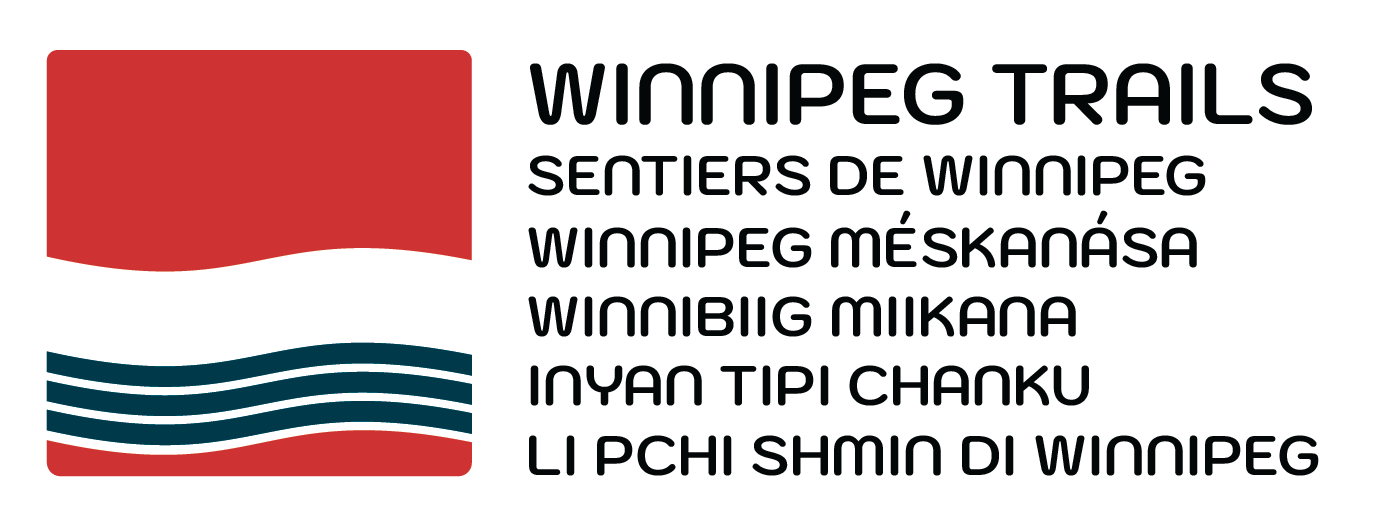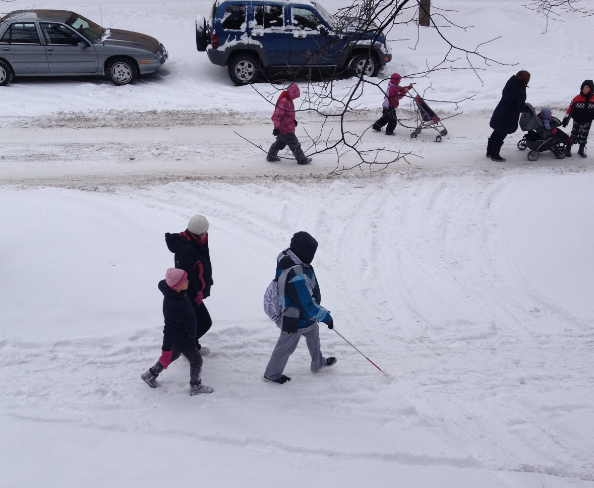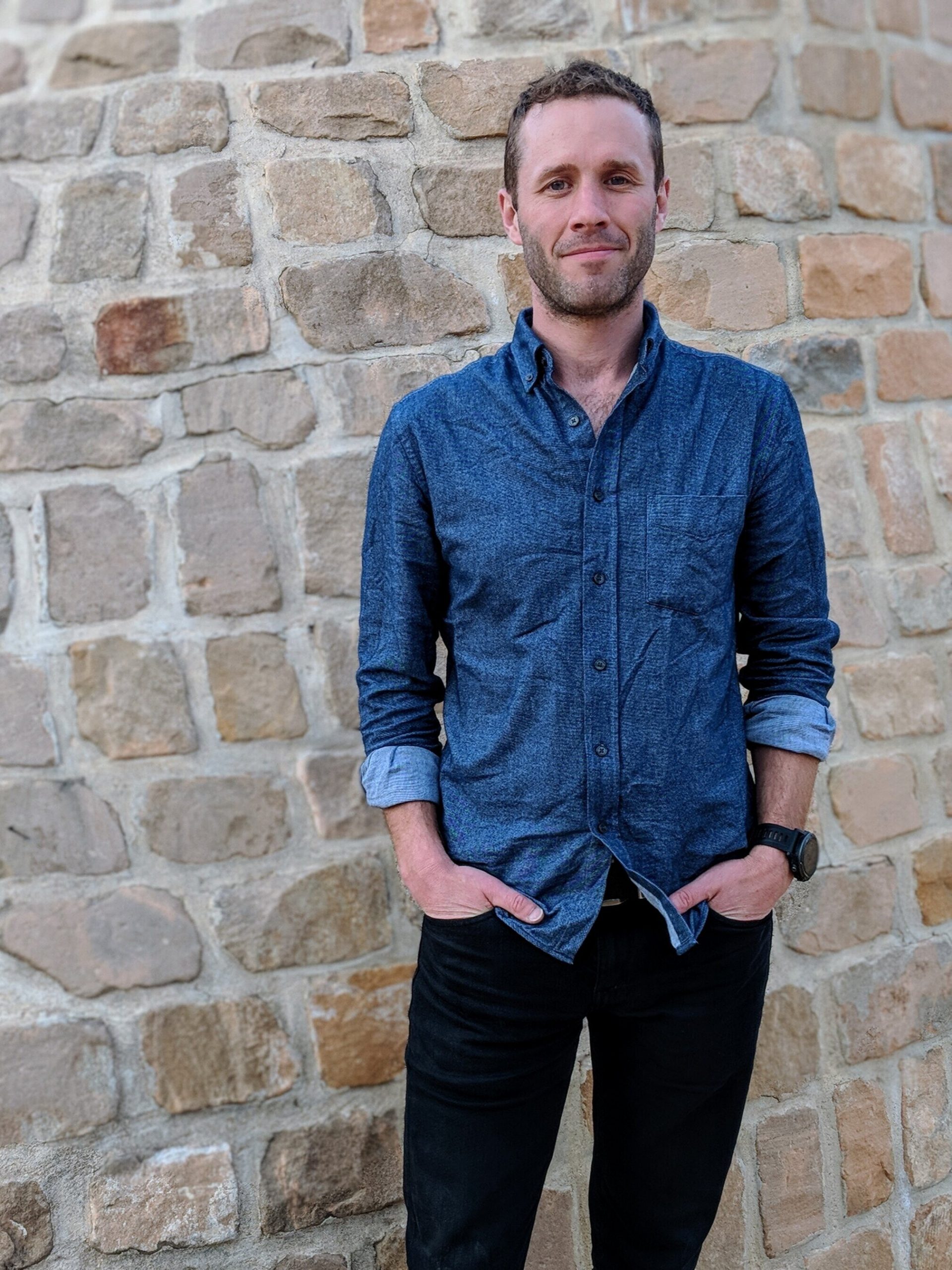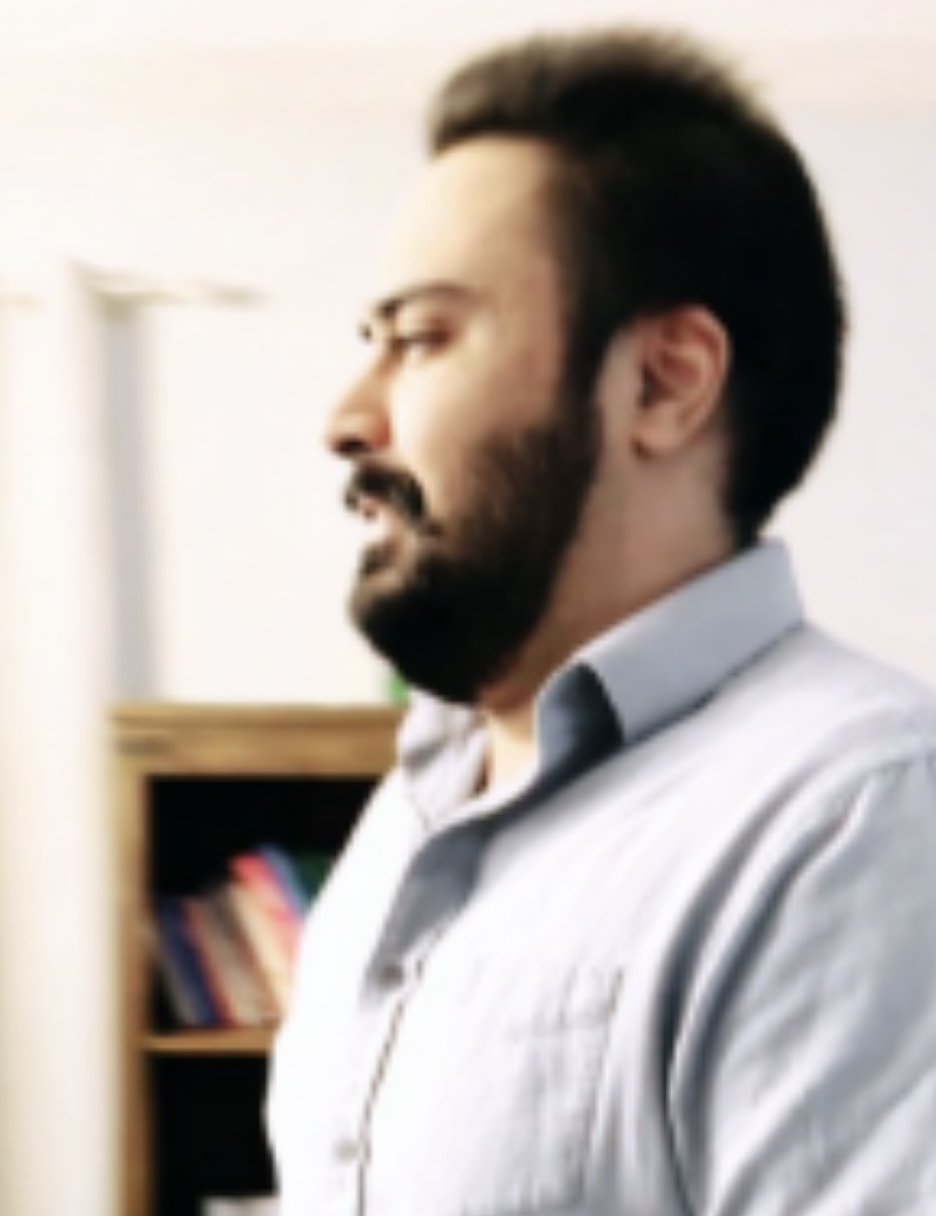This one is important. Be there.
DATE: Monday, January 30, 2017
TIME: 6:30 pm Registration; 7:00 pm Road Safety/Vision Zero Presentation & Panel Discussion
PLACE: Millennium Library, 215 Donald Street – Carol Shields Auditorium on 2nd Floor
Vision Zero is so simple that you have to wonder why it has taken so long to get here. But it is happening now and it has a big effect on every person who walks, bikes, runs, jogs or even crosses the street to get from their car to the store. No matter who you are, Vision Zero either already applies to you or it will one day. Are your athletic days behind you? Do you like window shopping? Do you ever walk downtown with a friend or get lost in conversation? Do you have small kids that want to walk to school? Do you occasionally zone out just a little on a beautiful sunny walking around the city? Do you always look both ways even if the light is green and the walk sign has been on for 20 seconds?
Those who know about Vision Zero usually know for its goal: zero deaths in traffic. But it is so much more. At the heart of Vision Zero is a recognition of the
- people
who are at the heart of a transportation system – not the machines. Humans are different. We are not machines and we like it that way. We are fallible. Imperfect. Beautiful. We make mistakes and we can learn. Vision zero is – above all else – a recognition that people make mistakes. Of course, this is also the source of one of the “easy outs” that is sometimes used to avoid doing anything about it. One of the main rebuttals and reasons for inaction is the belief that individual responsibility is the key to transportation safety. “Drivers need to be better drivers.” “Kids should pay more attention”. “Pedestrians should wear bright clothing and watch out.” “”Cyclists” should not be on the road anyway.” But what is forgotten in any of those statements is the recognition your responsibility is matched to the amount of power you choose to wield. Think about this: if responsibility truly extends to everyone – then it probably extends proportionate to one’s ability to do something about it. When you or I walk across the street, yes, we should probably look twice. Yes, its worth teaching people to be careful . . . but when “accidents” happen regularly for the same reasons and there are known solutions, You or can’t really control the fact that our roads department chose to build a road a certain way, or control the fact that politicians somewhere some time ago chose to prioritize a you-go-your-way-i’ll-go-my-way roadway expansion over investing in our neighbourhoods in the budget.
Children, for example, don’t concentrate in the same way as adults. They should not pay with their life for a moment’s inattention. Even adults make mistakes sometimes, and if everyone is indeed responsible, that includes those designing our roads and it means that we can design to include the simple fact that humans make mistakes.
It comes down to this: a pedestrian who gets severely injured by a car, no matter what they “did” is simply the last link in a long chain of decisions that prioritizes travel by certain modes at certain speeds over the best interests of other modes at other speeds. She or he is the victim of deliberate choice (or rather series of choices) that ultimately ended in someone deciding not to make the places we love even better but, instead, deciding to move people as quickly as possible through it.
In Winnipeg, the most preventable and pervasive form of violence most of us are likely to experience comes not from fires, not from guns, not from tornados or terrorism or epidemics or mosquitoes or floods. Rather it comes from traffic violence. Think about it. How many polar bear maulings do you hear about every year? Now think about how many “pedestrian struck at _____ ” headlines or articles do you read (or rather skip over because you’d rather not think too much about it). Think about how many people you know who have never been in a car “accident”. Not many right? Now consider the fact that, per capita, there are entire countries where death and injury from traffic violence has been reduced to a fractio of what we experience here.
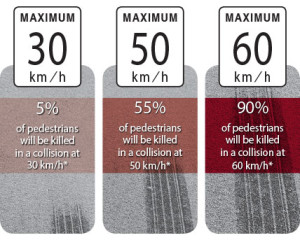
graphic from Raise the Hammer.
Many don’t realize that serious injuries resulting from car “accidents” are, by definition, predictable and controllable. By definition, that means that car “accidents” are something we allow to happen. It is one of the reasons that most now prefer to call them “collisions” since they are certainly no accident. When year after year, the same intersections see the same level of death or injury following a predictable pattern, then it is no longer an accident. When we know that 20km/hr is the safest speeds at which kids and cars can reasonably mix, and we know that a few flower planters in the road would make it safer for everyone, then NOT doing it means tacit approval. Transportation systems are designed. Designs have parameters. We get to choose what we want. Like it or not, we have come to accept a certain amount of carnage at the core of our cities. It is time to think again.
Designed systems, by definition, can be bent to the will of the people who design them and, of course, there are very smart people in Winnipeg capable of remaking our transportation system. They are the kind of people who take safety very seriously and can be relied on to methodically create systems that work. The issue is that the definition of safety is relative, prickly and slippery by definition. In human terms, though, creating liveable communities is not that hard, really. But you need a combination of expertise, leadership and grassroots demand and it all needs to come together. The grassroots demand is proven, the professionals exist to be able to make it happen. So maybe what we need is a goal? That’s where Vision Zero comes in and it is why it is so popular. It provides both a design objective and a moral compass to an issue that, to be blunt, operates mostly without one. We simply have to ask for the right things.
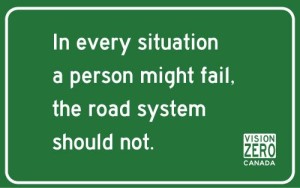
Graphic from Vision Zero Canada
How does it shake out? In the end it means smooth traffic flow at safer, more human speeds. It means less speeding tickets, less noise, more pleasant places to walk or linger. Entire countries have made the shift. France invested millions to create “zones de rencontres” andParis is spending millions more right now. Across Scandinavia it is now unthinkable to see a residential area designed for cars traveling more than 30kmph. Edmonton and Montreal and Toronto have all gotten in on the act. Larghe swath of each of those cities started with dropping the speed limit and (hopefully) are backing it up with the infrastructure that makes it so drivers don’t even notice. Even Winnipeg has made advancements, whether it is raised crosswalks near schools or legislative changes that pave the way.
Big kudos to our former coordinator turned city councillor for the courage and vision to bring this to Winnipeg and for putting the important issue of traffic violence on the table in Winnipeg.
If you have a moment Monday evening, we hope you can make it to share your thoughts because when traffic violence effects you or your family, by then it is too late.
Anders Swanson
On behalf of Winnipeg Trails
